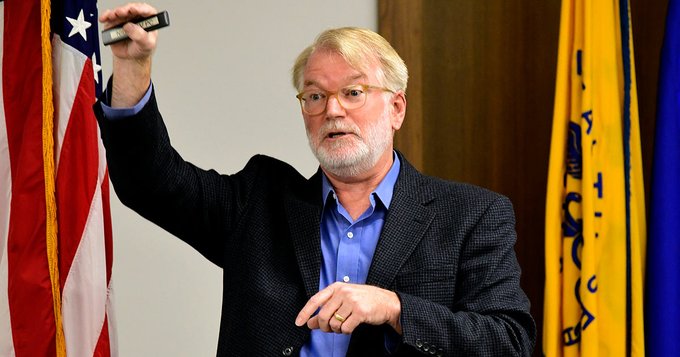
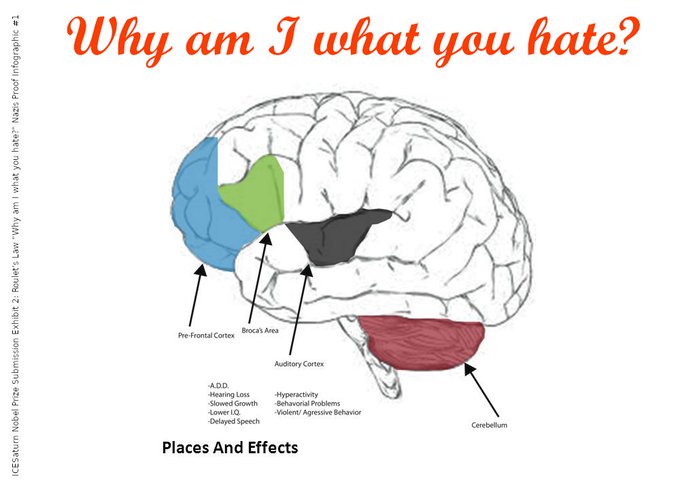
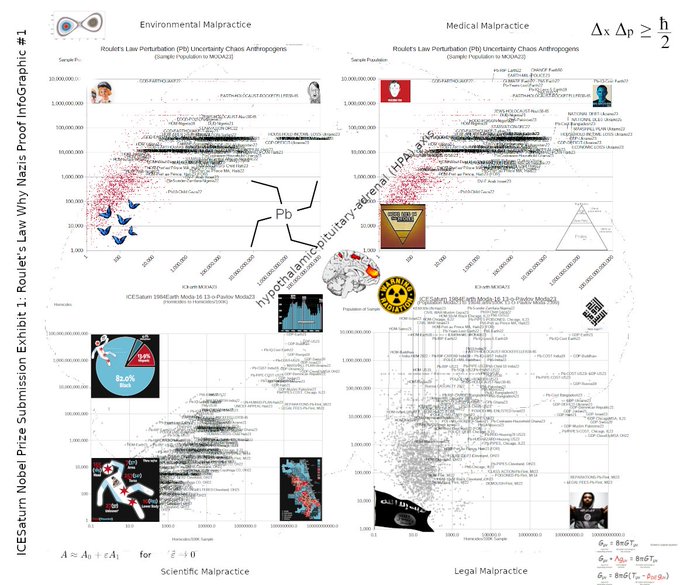
Bruce Lanphear, M.D., focused on how science communication is a critical tool to protect human health.
By Elizabeth Witherspoon
Well known for his influential work on the neurotoxicity of low-level lead exposure, Bruce Lanphear, M.D., said he now believes storytelling is the most critical tool we need to protect people from toxic chemicals and pollutants.
“We absolutely will always need science, but we need to be able to communicate the science,” he said in his Nov. 18 Keystone Science Lecture at NIEHS.
Lanphear and the team at Little Things Matter produce videos to raise awareness of the environmental risks faced by the global community and to provide actionable steps to empower families. (Photo courtesy of Steve McCaw / NIEHS)
Lanphear is a professor of health sciences at Simon Fraser University. The lecture was co-hosted by Kimberly Gray, Ph.D., health scientist administrator in the Division of Extramural Research and Training Division, and Kyla Taylor, Ph.D., health scientist in the Division of Translational Toxicology.
“Dr. Lanphear emphasized the importance of the science that NIEHS supports, manages, and conducts in providing the evidence needed to drive change, and the essential role we have in communicating the science to protect the well-being of our communities,” said Gray.
Story drives action
“Story is what helps us drive certain types of investment in research,” Lanphear explained. “How much evidence do we need to take action? That’s driven by story, not by the science.”
Highlighting the role of storytelling at each juncture, Lanphear told the story of U.S. federal lead exposure regulation from 100 years ago to the present (see sidebar). This period spans from the time before any regulations existed to the current understanding that no safe level of lead has been identified.
He demonstrated how key events and scientific research have driven the narrative arc and resulted in increasing regulations to limit exposure. Notable moments included the following.
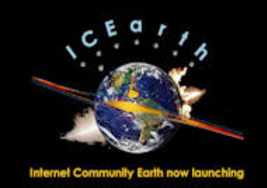
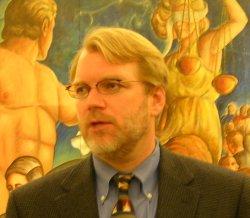
Comments